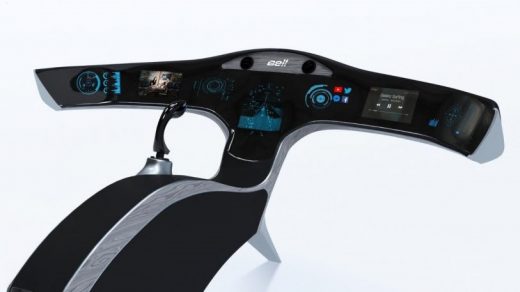Uber’s Robo Air Taxi—Or At Least Part Of It—Debuts at CES
Long known as the big-screen TV show, CES is branching in new and wild directions. Even autonomous cars aren’t the latest thing. Texas-based Bell Helicopter is debuting the cabin of the self-piloting air taxi it plans to supply to Uber for robotic flights sometime in the 2020s.
Despite the company name, Bell’s yet-to-be-named air taxi will not be a helicopter in the traditional sense. Like a chopper, it will offer vertical takeoff and landing (VTOL), but for most of its airtime, this taxi will fly like a traditional plane with wings. How exactly that works is still a mystery. Only the well-appointed cabin is on display in Las Vegas.
“Bell knows how to do the flying parts,” says the company’s director of innovation, Scott Drennan. “Normally you’d see a vehicle mockup and then you’d add custom cabins and so forth. On this one, we’re showing the custom cabins first, so we can draw new customers.” Bell is highlighting the promised comforts of short-range flight with a cabin capable of seating four or five people. One conspicuous aspect is a full set of flight controls.
“When you go to the market with a certified vehicle, it’s very likely that they have to be piloted going in, and then autonomy will come next,” says Drennan, echoing Uber’s own expectations for the market.
Details To Come
Despite the dismembered cabin on the show floor, a full-blown version of the craft exists and is already in test flights, says Drennan, but Bell has chosen to keep its design secret for now. “We do that just to keep our competition at bay,” he says. The most conspicuous prospective competitor for such a craft is the Vahana by the A3 division of Airbus—which the company has liberally shown off. It features a pair of wings that rotate up 90 degrees for takeoff and landing and tilt forward for flight.
Bell could go in several directions. “We’re not revealing our type yet, whether that’s tilt rotor, tilt [wing], tilted fans,” says Drennan. It will certainly be simpler than Bell Helicopter’s best-known VTOL vehicle, the U.S. military’s over-budget, crash-prone V22 Osprey, which the company built together with Boeing. Bell’s air taxi will likely have small electric motors instead of giant, rotating gas turbines.
There will be a gas turbine inside, though, to power an electric generator—making the craft something like a Chevy Volt in the sky. Unlike other all-electric planes, Bell’s taxi will probably start service sometime in the 2020s with a hybrid design to extend range. “We believe in doing a broader mission capability set,” says Drennan. “So instead of numbers like 25- to 50-mile [range], we’re looking more towards 150 miles.” That’s an interim step until batteries get better, and the taxi is already configured for the conversion. Removing the fuel tanks will only make room for more battery capacity.
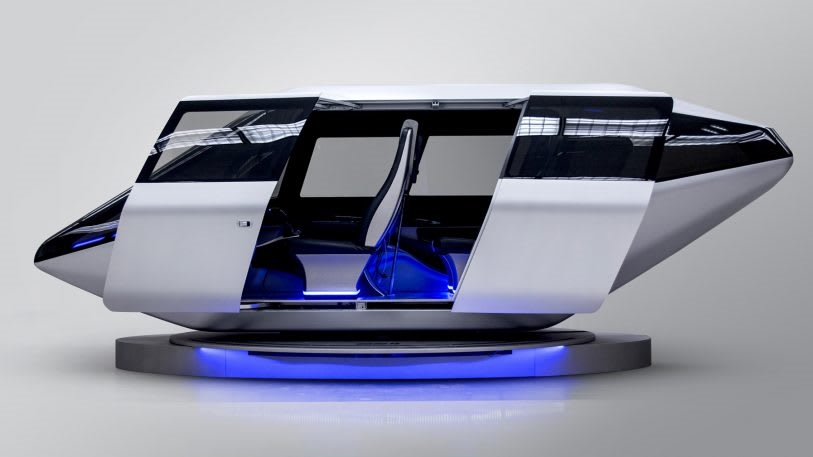
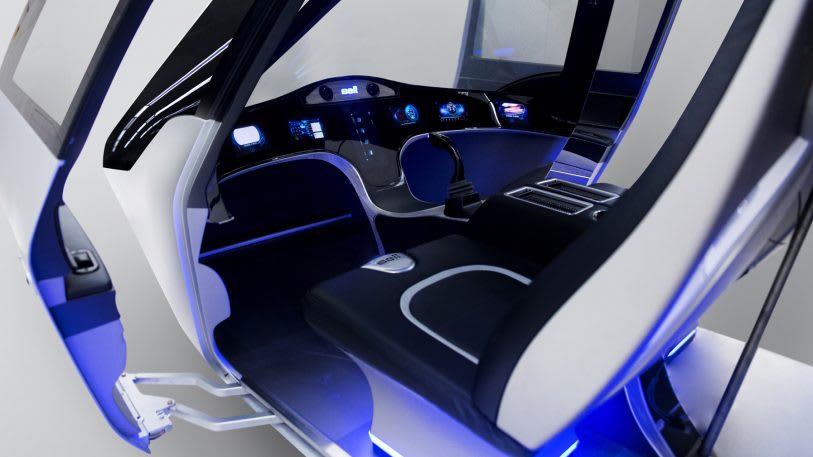
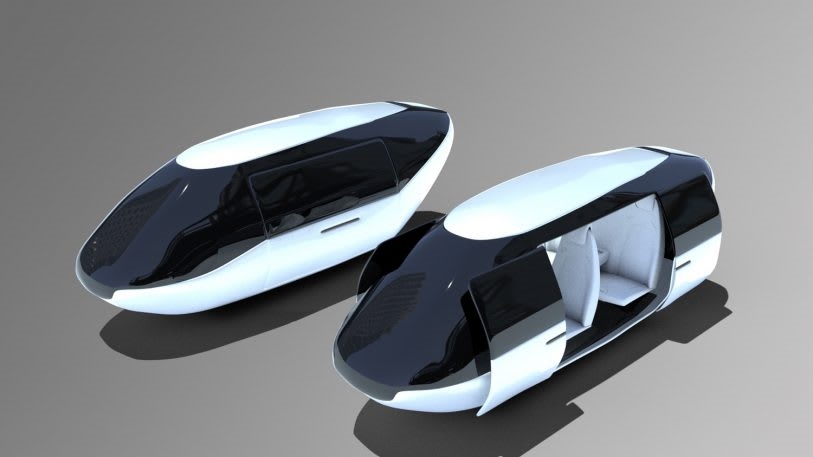
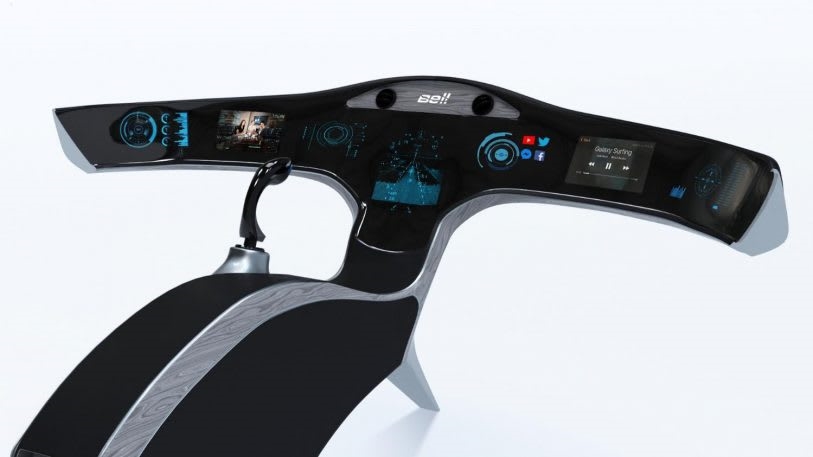
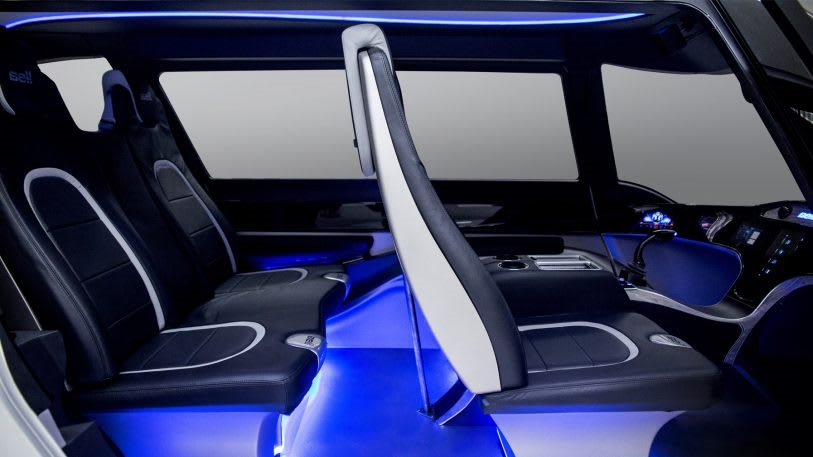
(50)

